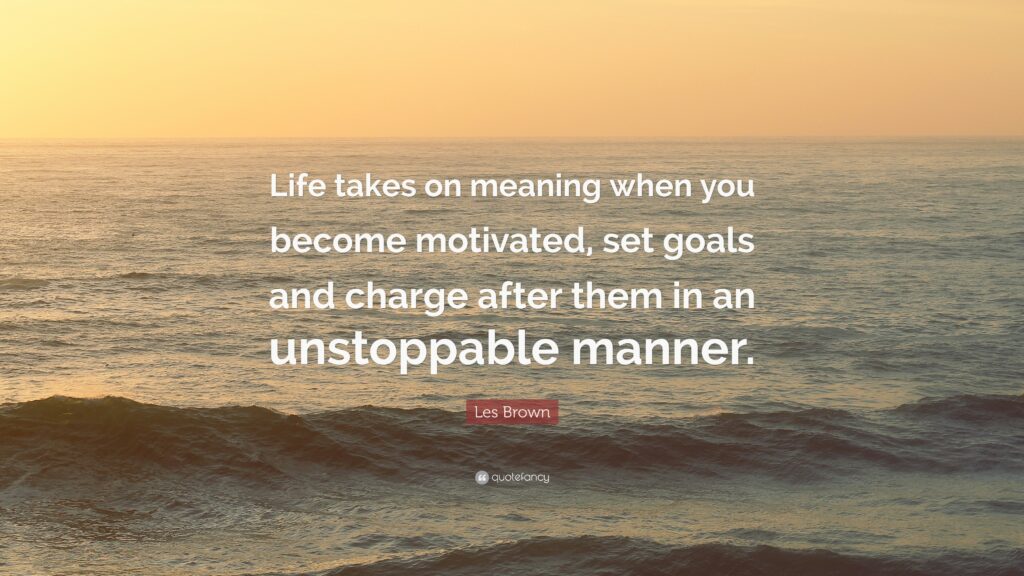2024 is officially here, and unfortunately so are the annual questions on how to make it a great year, how to be a better version of yourself, and every other loaded question one can ask about an incoming new year. All too often people make New Year’s resolutions to then not achieve them.
Resolutions have been around since the Babylonians over 4,000 years ago. In today’s time we still present them at the beginning of each year, expressing to friends and family the goals we’ve set.
Yet, there is a recurrent dread that is often present when discussing what someone is going to do to make the year memorable and important. Resolutions have been turned into pressure, a weight pulling someone down rather thanelevating their life.
There is a misconception that resolutions must drastically improve a person’s life in one year’s time. Resolutions don’t need to be finished in a specific timeline.
“The new year is a time to start over fresh and forgive all the things we have done in the past that have stopped us from completing the goal we want to,” Current Daytona State student Marissa Platt discusses her view of New Year’s resolutions, “I think so many people create them because it’s a new start.”
Setting a new year’s goal is easy, all that has to be done is voicing it. It’s the action of accomplishing the goal that people often lose sight of.
Forbes Health, conducted a survey for the 2024 New Year’s Resolutions. The result showed that people want to work on their health. Improving fitness was at 48% for the new year. The remaining goals regarding health were 36% wanting to lose weight and improve mental health. Improving dieting habits was at 32%.
Setting up a goal should include the process of actively planning how to input it in a daily routine.
“Sometimes when we try to set a really big goal and we don’t hit it. It can be really frustrating and we can have those feeling of shame about it,” Associate Professor of Nutrition and Sports Dietitian, Emily D. Moore goes on to say, “It is really helpful when we can set ourselves up for success and set small goals that we can win and feel good about.”
Research is a key process with making any goal. Look up recipes when making a goal revolving food. Find a workout routine regarding fitness. Research how to improve your finances, mental health, relationships, success etc.
The process of planning is there to set the goal in motion. Plan out what times to go the gym throughout the week or what days to eat healthy. The option is always there, and is recommended, to slowly apply something to your routine instead of forcing it in all at once.
Everyone works differently, some people can jump into a new routine full force while others need to ease it into their life.
The issue with New Year Resolutions is they tend to not stick. Forbes Health also took a survey on how long a resolution stays in the year it was set for. The results were around 1-5 months.
The beginning of attaining a goal is by testing the waters to see what works best. Some people don’t like public gyms, eating certain foods, going to a therapist, etc. There are always other alternatives to achieving any goal.
Moore describes how setting a goal works differently depending on the person, “Sometimes cold turkey works for that and baby steps elsewhere. So just trusting yourself instead of assuming that everything you read, or everything someone else is doing, is the best for you.”
Another way to set up a goal is a familiar acronym Daytona State College students have heard in their SLS class, SMART goals.

This acronym demonstrates a way for people to set a goal, by helping decide if the goal someone has set for them is Specific, Measurable, Achievable, Relevant, and Time based.
New Year’s Resolutions can add a lot of weight and stress, but it can become effective and reliable. It all depends on the person and how they attempt to pursue their goal. All goals take patience, and a few tries to find what works. Turning resolutions into an action rather than a discussion is the key to making real change this new year.
This article was written by Teia Williams originally published on Daytona State In Motion.
